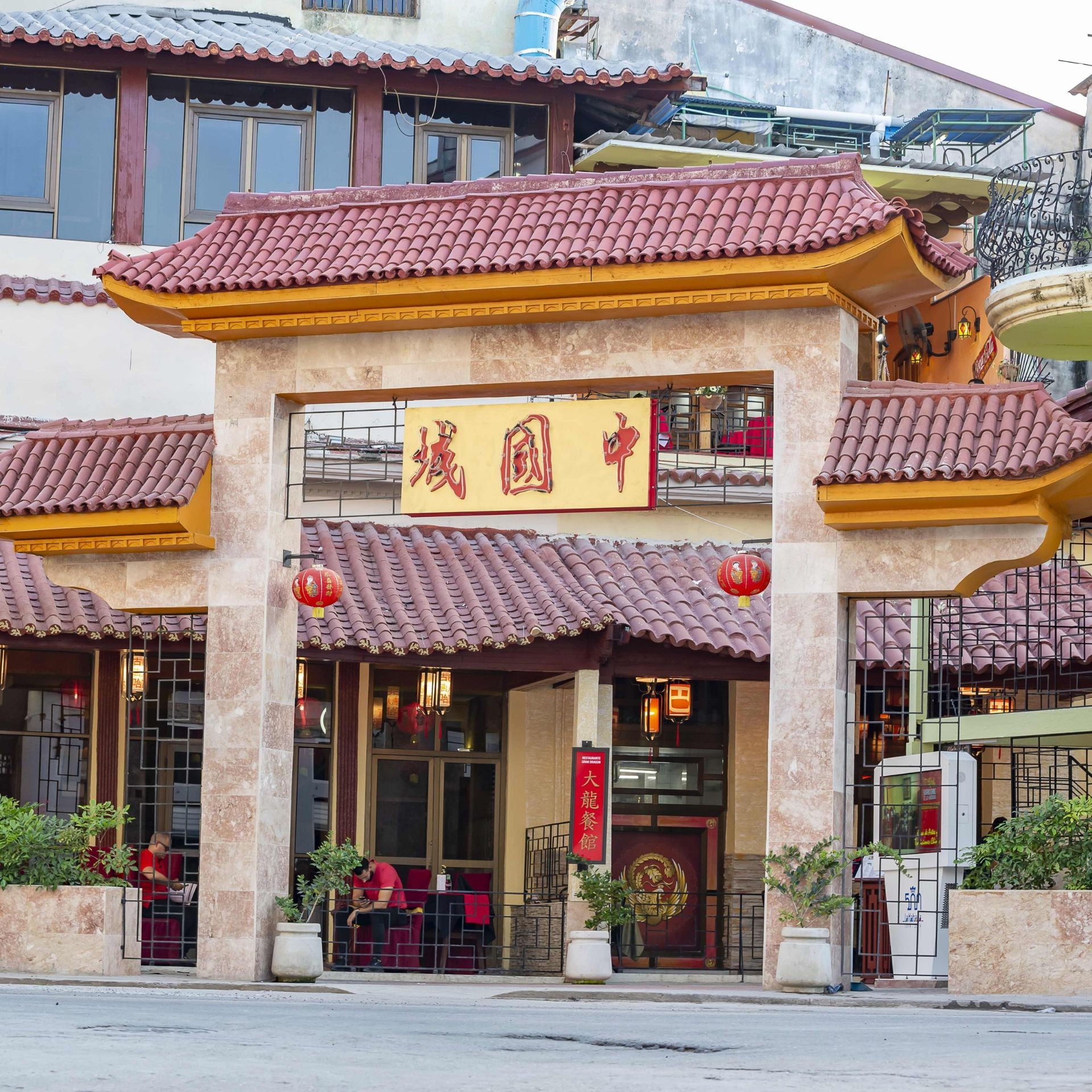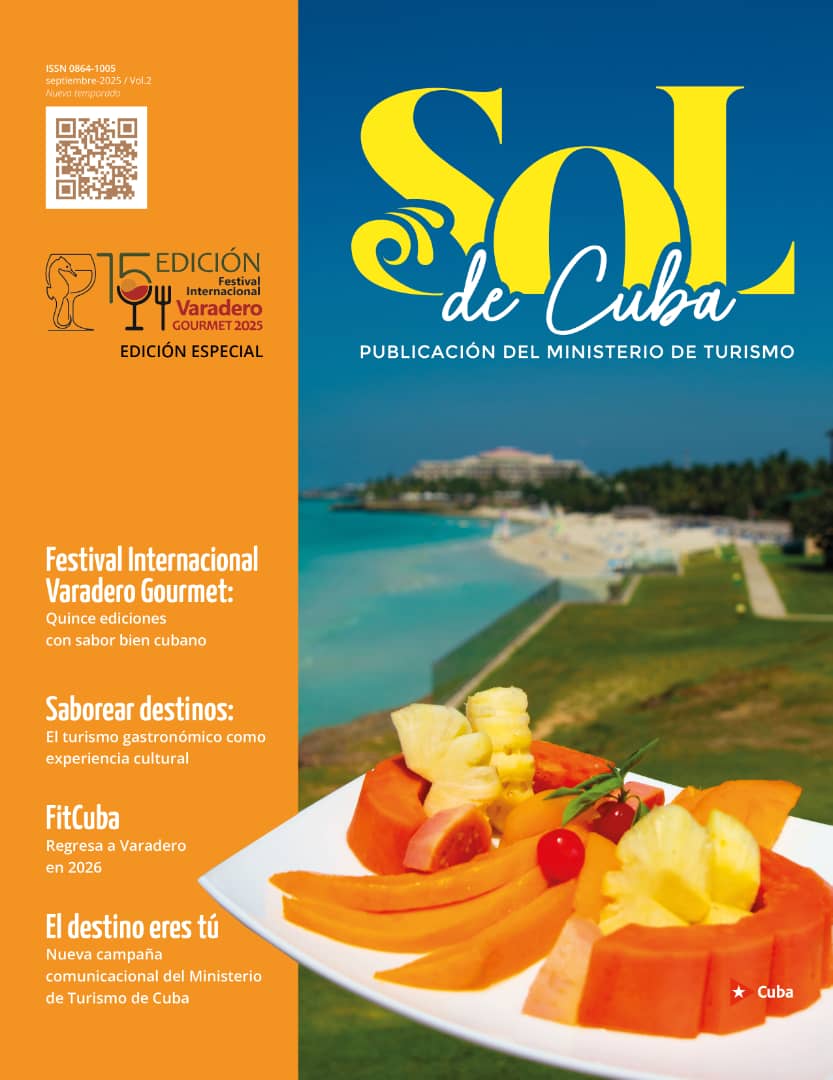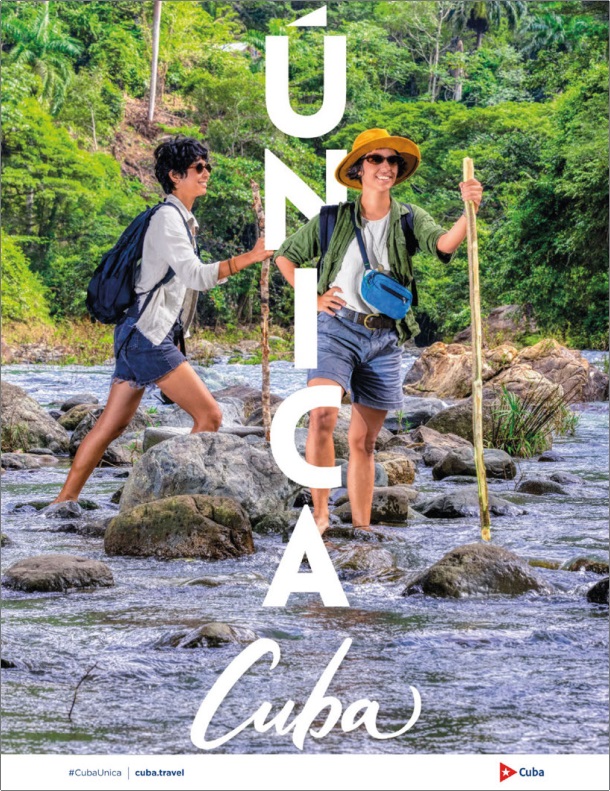Havana’s Chinatown: How to get there and what to see?
Studying Chinatown’s potential as a tourist option
Posted by Sol de Cuba, 16/10/2025
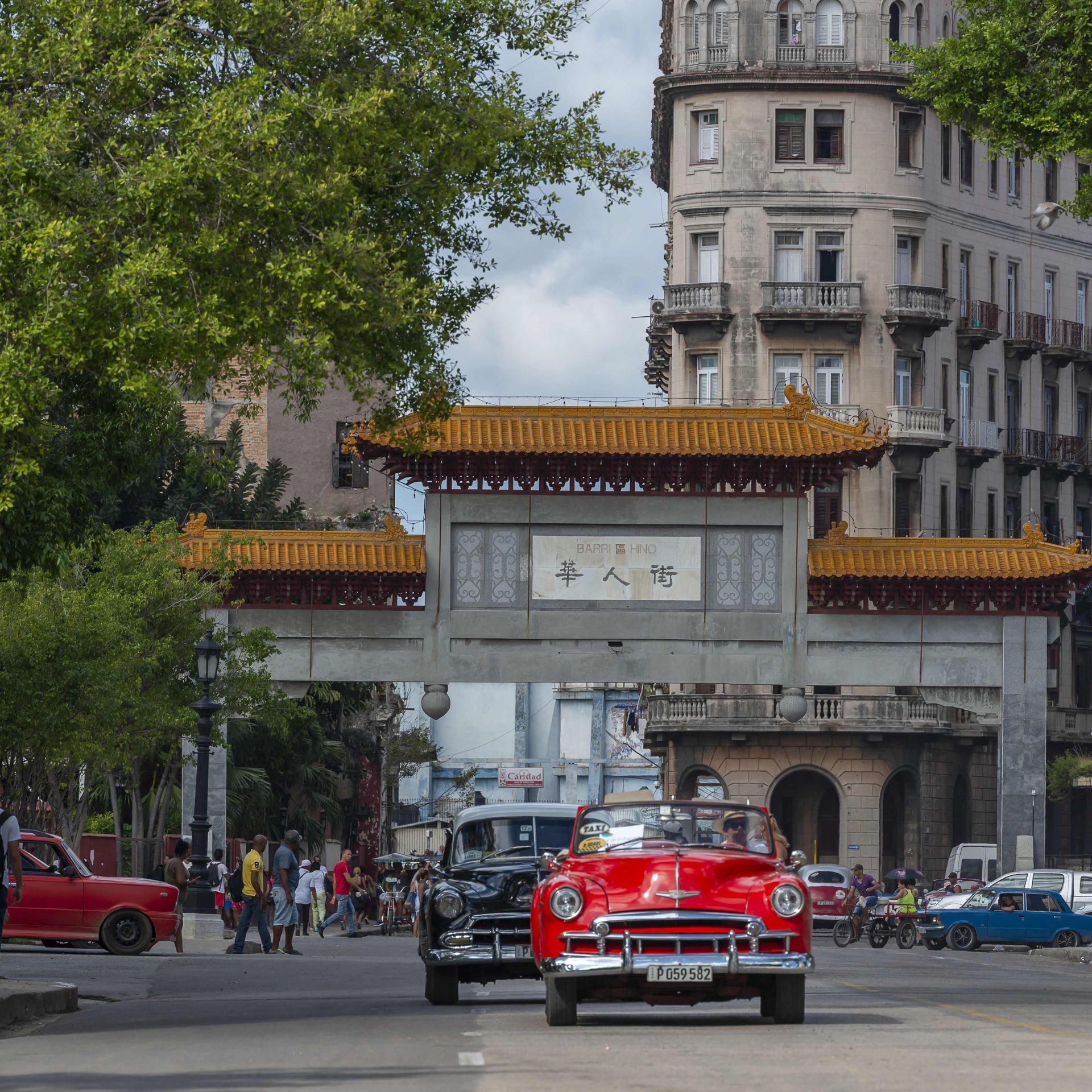
Photos: Mintur
An inventory of all the heritage and cultural resources, both tangible and intangible, of Havana’s Chinatown is being carried out by the Cuban capital’s Faculty of Tourism within the framework of a collaboration agreement with the authorities in charge of community management.
The Dean of the academic institution, Lisandra Torres, stated during a press conference at the House of Chinese Arts and Traditions, in commemoration of the 65th anniversary of the establishment of diplomatic relations between China and Cuba, that the next step will be the design of tourism products and experiences that contribute to the use of this part of the city, which will contribute to diversifying the local tourism offer, according to the Xinhua news agency.
Historical tours, themed classes, culinary and traditional dance experiences, a tea ceremony, among many other attractions, will be part of the program, which seeks to attract the attention of Chinese tourists visiting Havana, as well as Cubans and foreigners.
The visa exemption for Chinese vacationers traveling to Cuba, as well as the resumption in 2024 of the direct air connection between Beijing and Havana operated by Air China, support the interest in revitalizing the commercialization of Chinatown, a space that honors the heritage of the Chinese community that settled on the island more than 170 years ago.
It is estimated that between 1930 and 1940, between 30,000 and 40,000 people of Chinese descent resided here, mainly concentrated in Chinatown, added Teresa María Li Cecilio, director of the Chinatown Budget Unit.
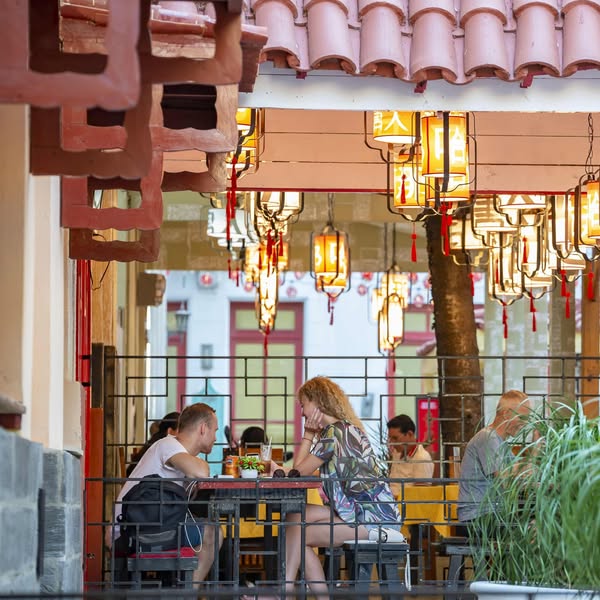
How to get to Havana’s Chinatown?
Havana’s Chinatown is located a short distance from the National Capitol, between Amistad Street and Dragones Street, in the municipality of Centro Habana, in the province of Havana.
To get there, from Havana’s Malecón, take Galiano Street, which connects with the Deauville Hotel. Another route from Old Havana is to cross Paseo del Prado and pass the old Partagás Factory, where Dragones Street begins.
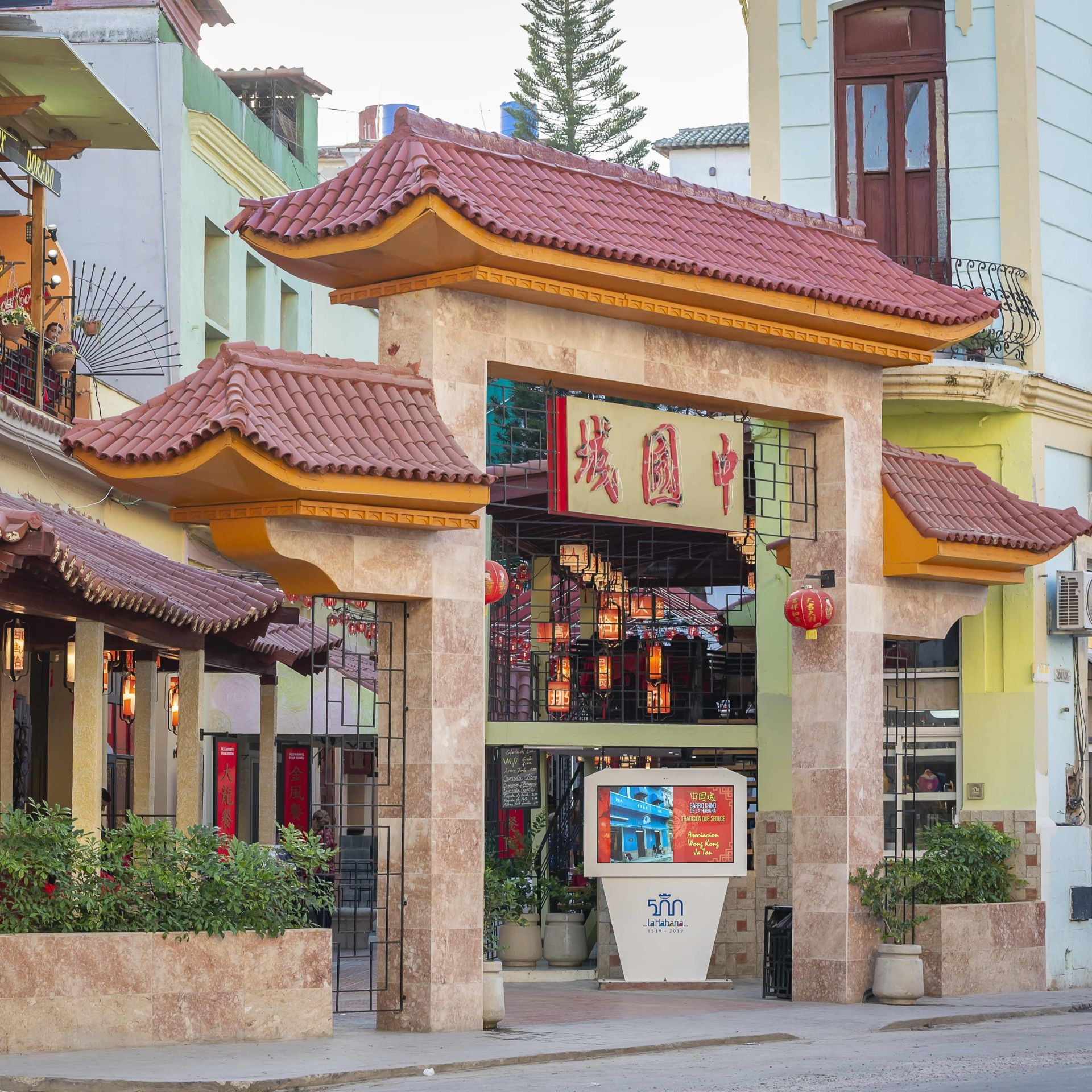
What to see in Chinatown?
In Havana’s Chinatown, the Chinese Institutional and Recreational Societies (Sociedades Chinos de Institución y Recreo) still coexist, consisting of small businesses located on the first floor.
During the 1950s, the area stood out as one of the largest of its kind in Latin America, housing theaters, restaurants, newspapers and community associations that reflected the fusion of cultures. In the 1960s, it hosted around 200 associations, of which only 13 remain today.
In a statement to the tourism magazine TTC, Li Cecilio noted that Chinatown is part of the Cuban identity. “Without this cultural element, its existence would be only a memory,” she added.
Today, the heart of the community is home to restaurants, San Fan Con Plaza, the remains of the Kwong Wah Po newspaper printing press, the House of Chinese Arts and Traditions, the Cuban Wushu School and the Sedavid Project.
“We no longer have a large number of Chinese nationals. From the last wave of migration, approximately 50 of them remain across the country, who are now very old,” explains the director of Chinatown, adding that at the Confucius Institute, where language classes and cultural exchange programs are offered, a significant percentage of the faculty are very young Chinese teachers.
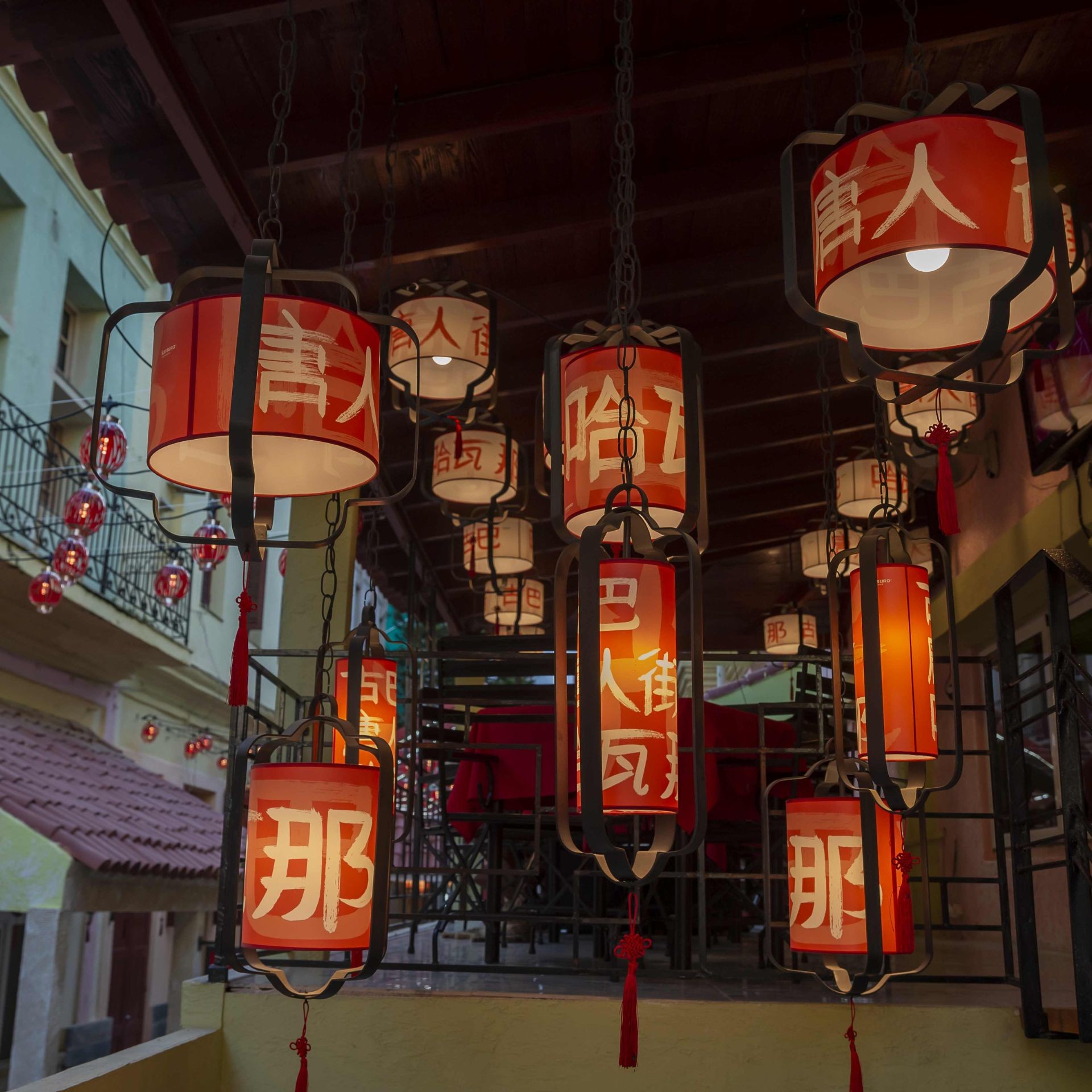
Tourist routes
Speaking to TTC, Li Cecilio adds that to encourage the marketing of this destination in the city, they have designed three tourist routes, optimizing the visitor experience by facilitating access to the main cultural, natural and historical attractions of the site.
This planning enriches the experience and can contribute to the economic development of the area by encouraging consumption in local businesses.
Chinatown route
Starting at the Friendship Gate, located on Dragones Street. The gate at the entrance to the neighborhood was inaugurated in 1999, with funding from the Chinese government and using materials imported from that country.
Made from a three-ton concrete structure, 16 meters wide and 12 meters high, it is a unique Chinese architectural work in Latin America and one of the largest outside of China.
Religious route
Beggining at the House of Chinese Arts and Traditions, continue to the Presbyterian Church (the first of its kind founded in Cuba in 1904 and the first Chinese language school), and then to the Church of Our Lady of Charity, the patron saint of Cuba.
The Lung Kong Society and the Min Chi Tan Society (known as the Chinese Freemasons’ Society) are also part of this tour. The route ends at the Chung Wah Casino.
Cultural route
Start at the Museum of Fine Arts, where you can admire the works of Wilfredo Lam, Flora Fong and Uber Solís, Cuban Chinese artists.
Then, it’s recommended to continue through Línea Street Park, where the monument to the Chinese who fought in our wars of independence stands. The tour ends at the Museum of Decorative Arts, which houses the largest collection of Chinese porcelain on the island.
